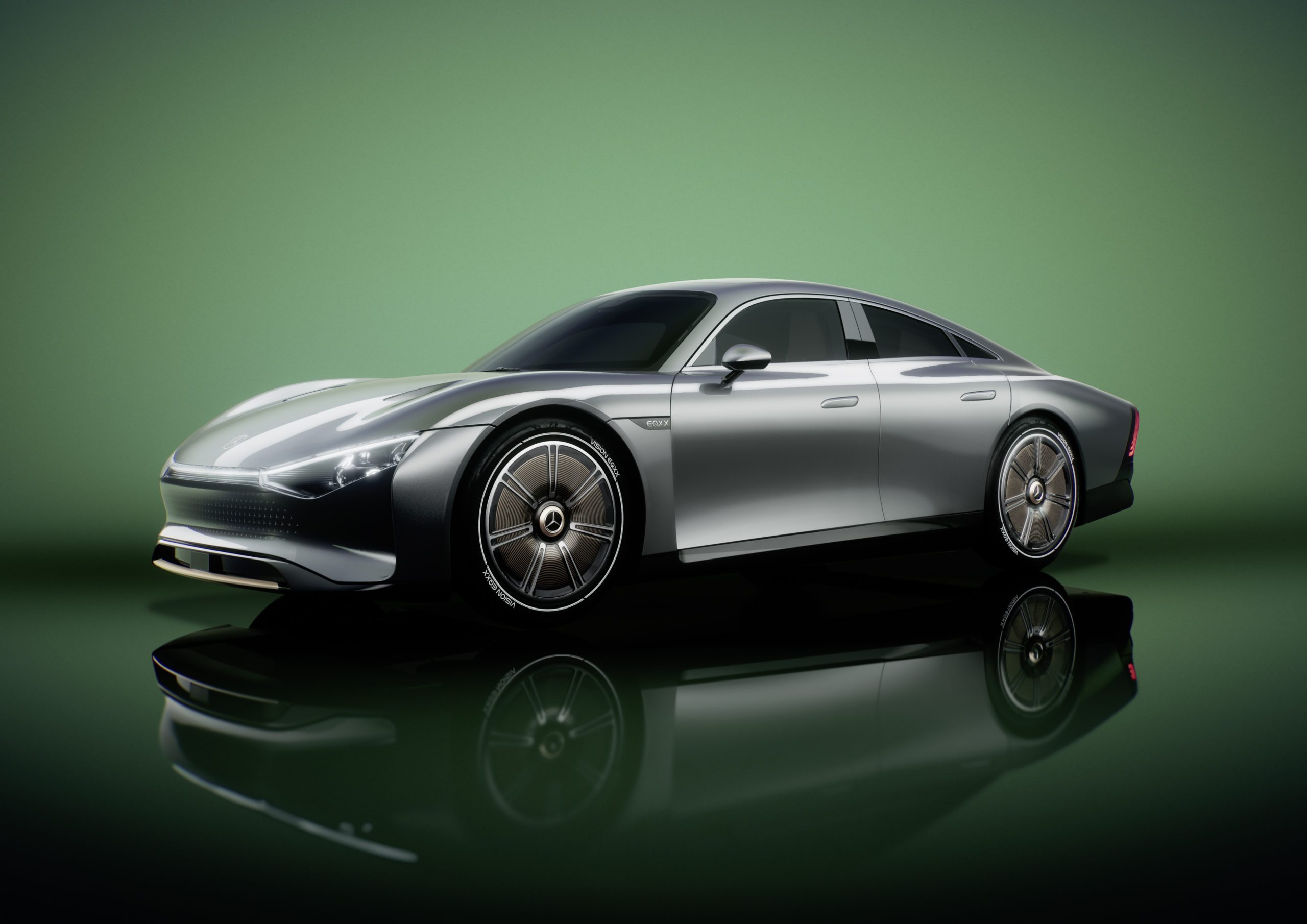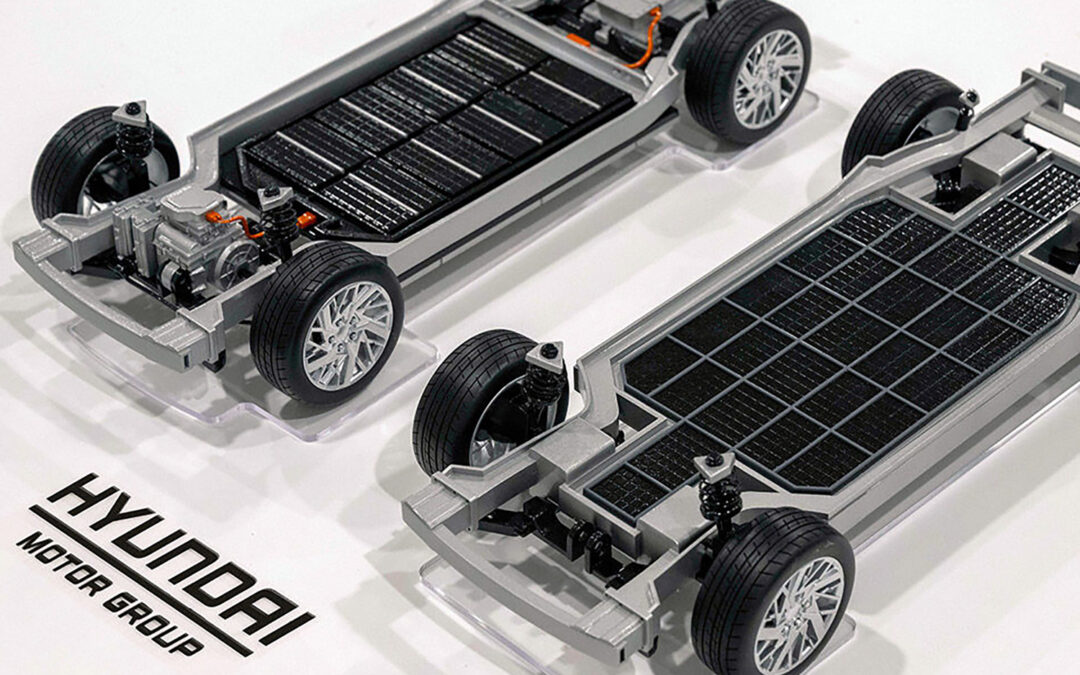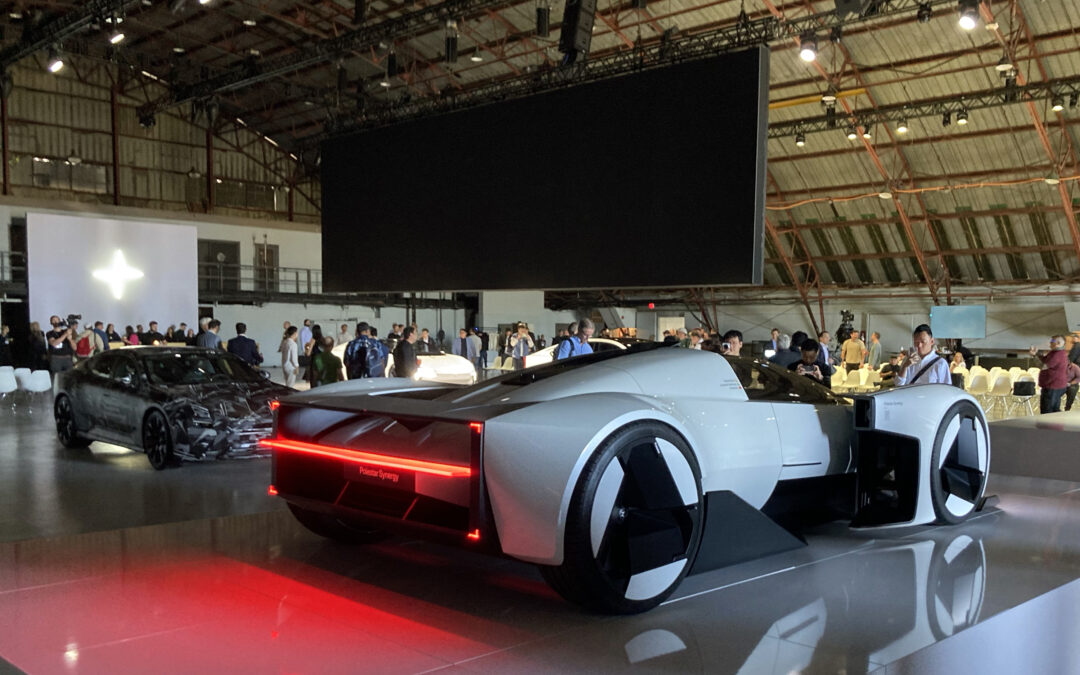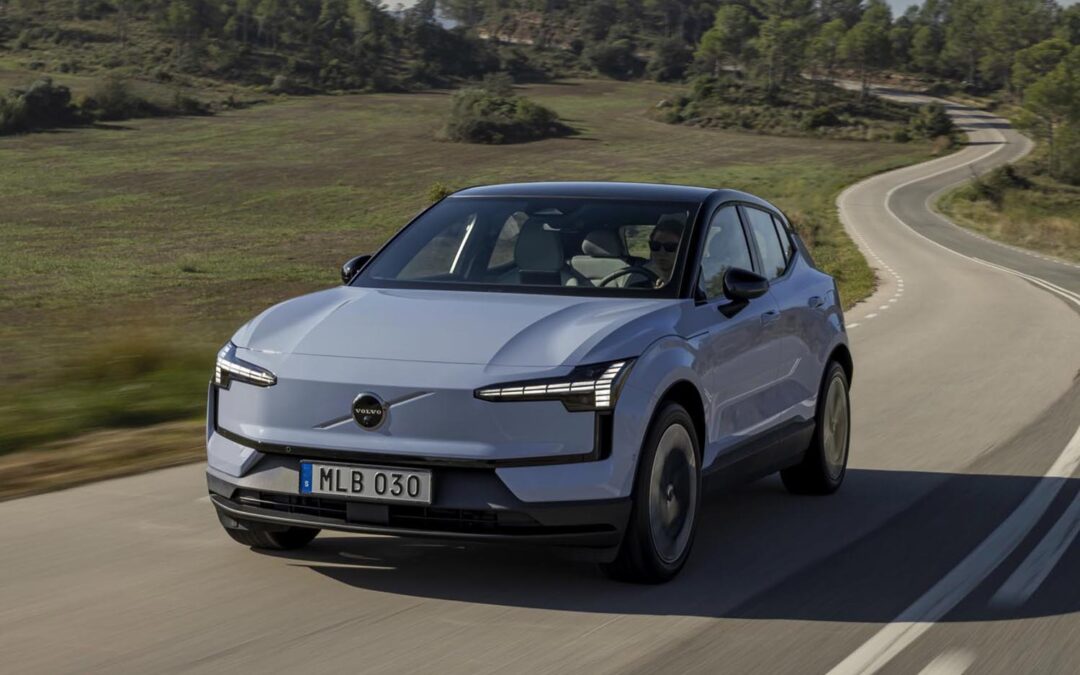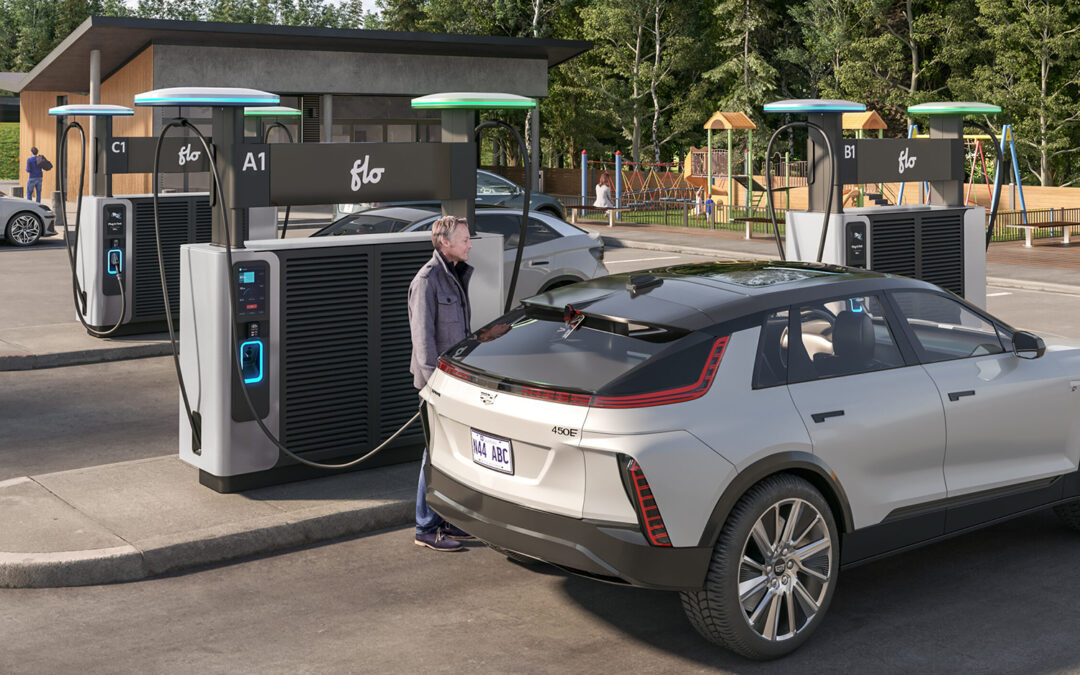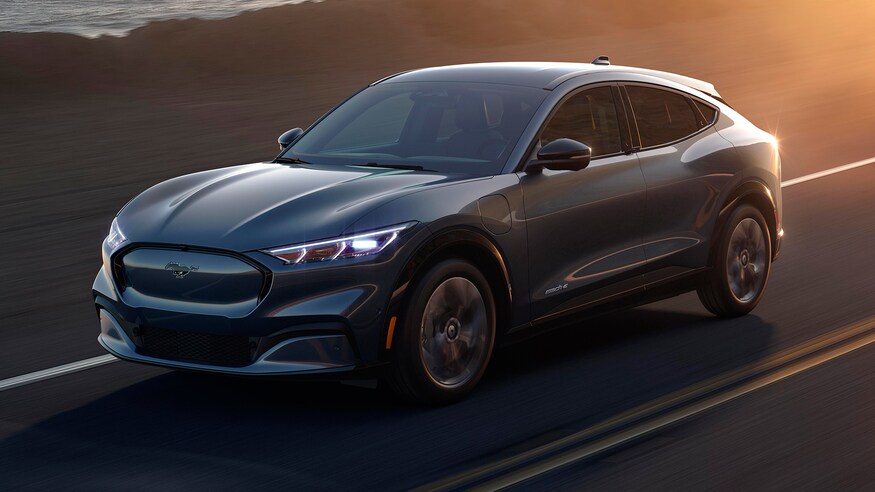Mercedes is looking to “take range and efficiency to a whole new level” with the new Vision EQXX following the concept’s launch at the Consumer Electronics Show (CES) in Las Vegas.
The most telling figure of Mercedes’ new concept – the halo model of a technology program that will “define and enable future Mercedes-Benz models and features” – is the astonishing 1,000 kilometres-plus range from full charge, an improvement on even the benchmark-setting 770 km available with Mercedes’ EQS luxury electric sedan.
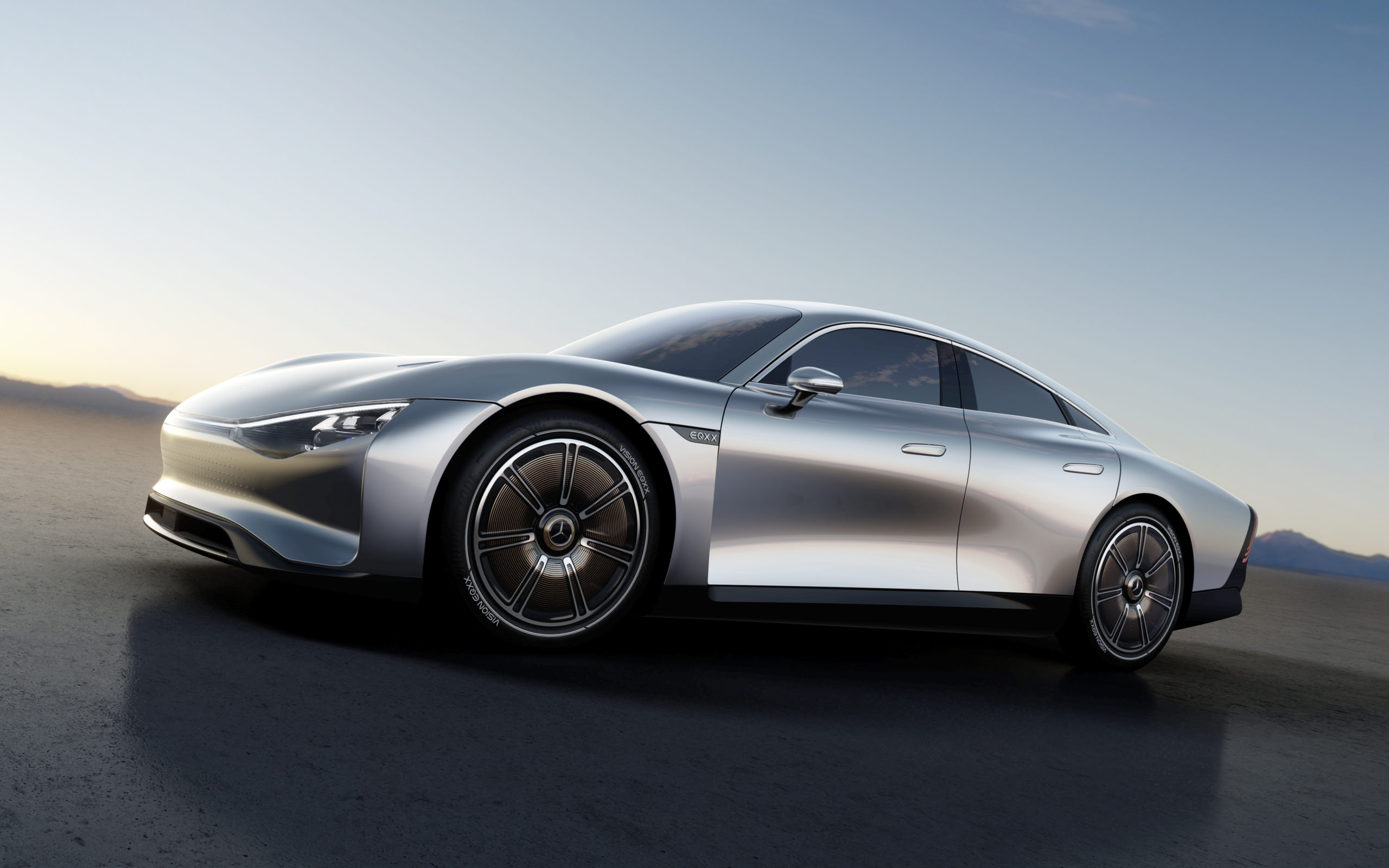
Mercedes-Benz VISION EQXX
Interestingly though, as opposed to equipping the EQXX with a larger, and thus heavier, battery pack, Mercedes technicians have instead focused on a conventional-sized battery, heightened aerodynamics and lightweight materials in a ‘less is more’ design approach. This philosophy, according to Mercedes, “takes range and efficiency to a whole new level [by] rethinking the fundamentals from the ground up.”
“The Mercedes-Benz VISION EQXX is how we imagine the future of electric cars,” Daimler chairman of the board Ola Källenius explained in an official statement. “Just one-and-a-half years ago, we started this project leading to the most efficient Mercedes-Benz ever built – with an outstanding energy consumption of less than 10 kWh per 100 kilometres… It underlines where our entire company is headed: we will build the world’s most desirable electric cars.”
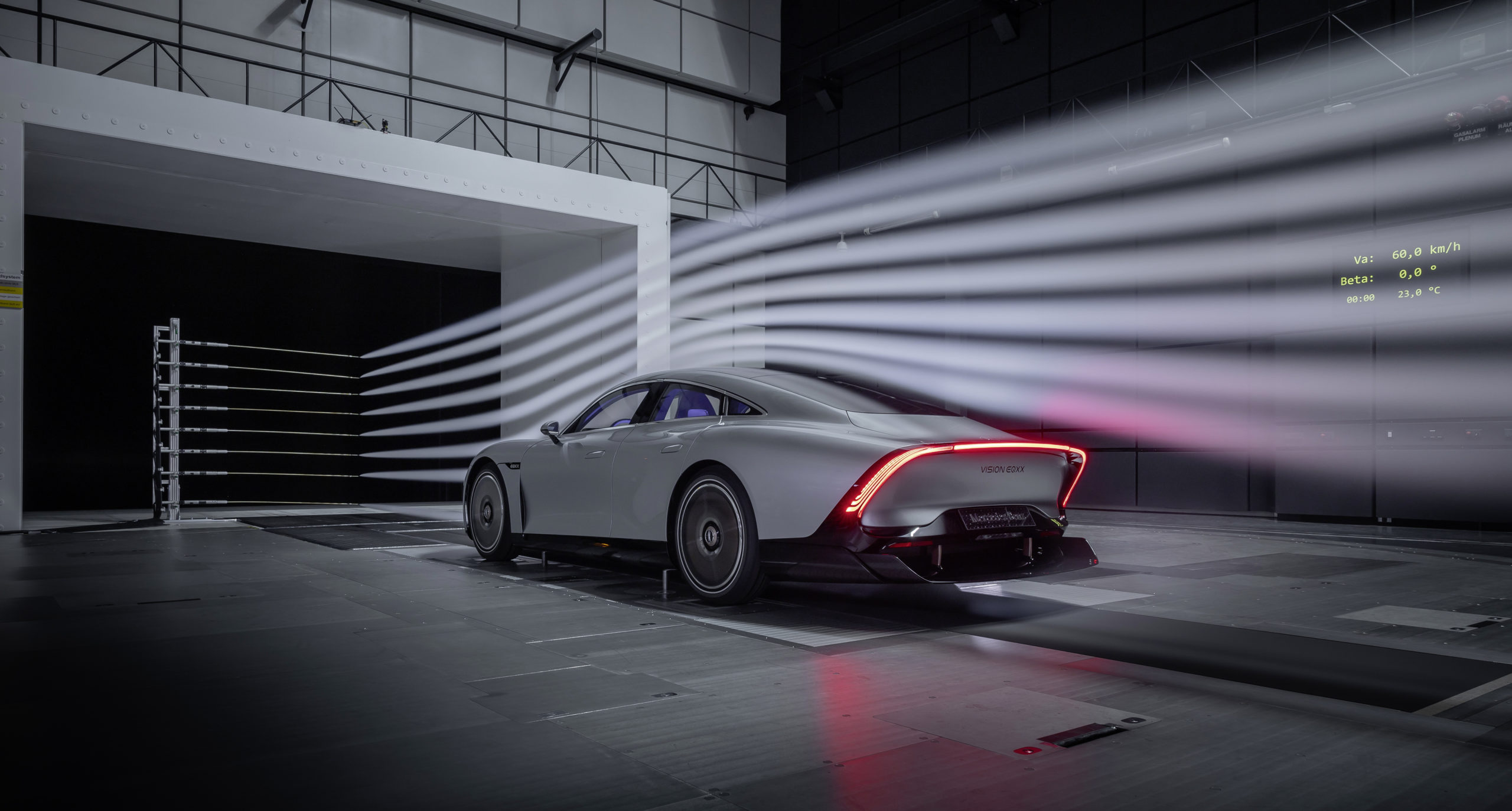
Mercedes-Benz VISION EQXXMercedes-Benz VISION EQXX
“Electric range sounds easy but is a complex technical challenge,” vice president of vehicle engineering, Joerg Bartels, explains. “The easiest way is to put a bigger battery in the car. However, this leads to diminishing returns due to size and weight. This is definitely not the smartest route and it’s also not the best use of scarce resources. With the VISION EQXX, we’re presenting the results of an extraordinary challenge: we pushed efficiency to a totally new level. And we explored new ways to increase the range of an electric car.”
Though Mercedes has not revealed exact details in-full, the freshly-designed battery holds almost 100 kWh, takes up 50 per cent less volume, weighs around 495 kg, and is thus 30 per cent lighter than the pack at the heart of the EQS (the EQXX as a whole features a 900 volt-plus electric architecture and tips the scales at approximately 1,750 kg). Developed in tandem with Mercedes’ seven-time World Championship-winning Formula 1 team, the German brand is targeting almost 10 km per kWh for the EQXX.
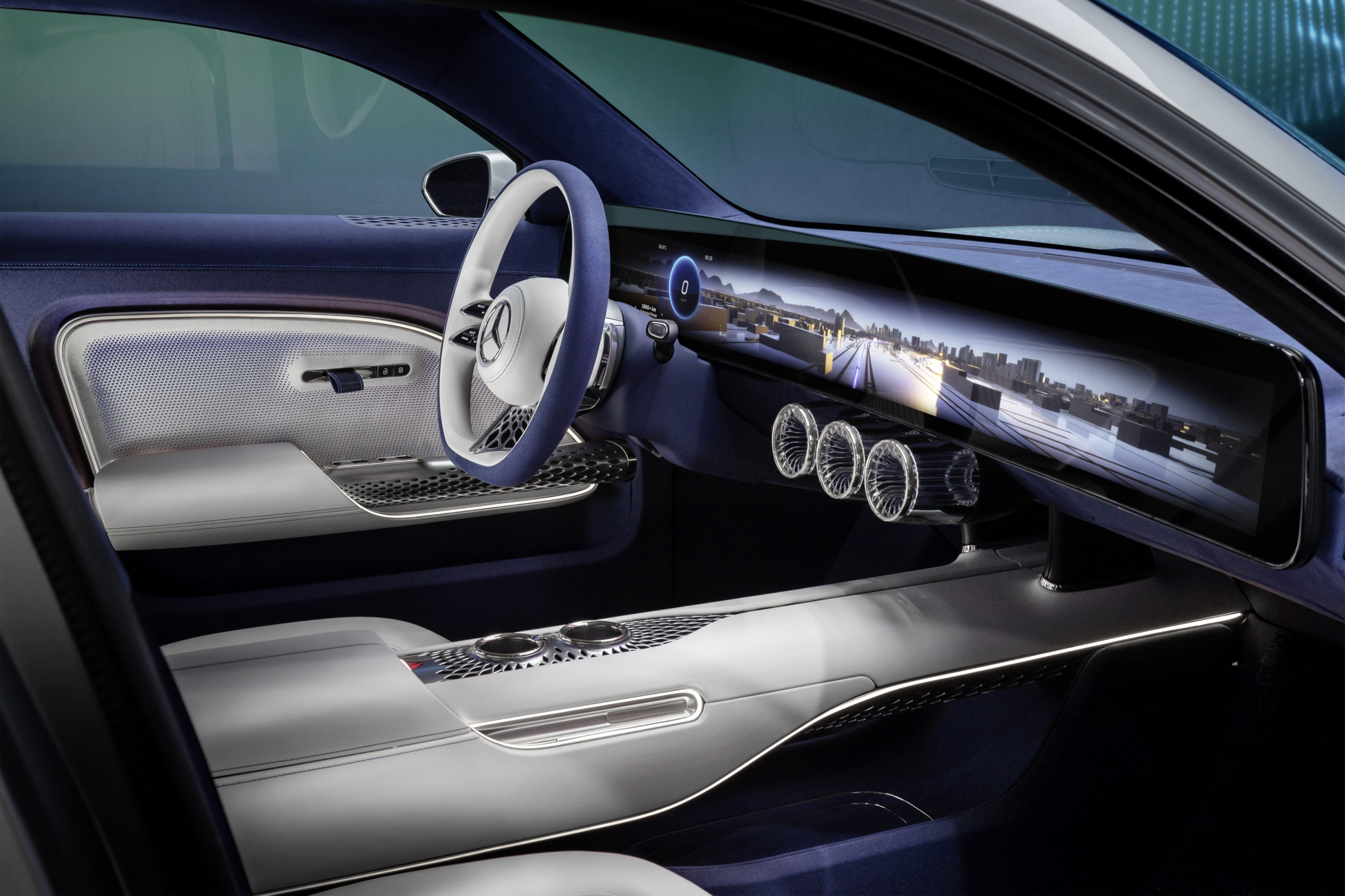
Mercedes-Benz VISION EQXX
In a neat touch, slim roof-mounted solar panels contribute an additional 25 km of range.
Power figures, meanwhile, are comparatively modest at just 150 kW (around 201 hp), which suggests the EQXX utilizes a single axle-driving electric motor. However, Mercedes counters this by explaining the drivetrain offers a “world-beating combination of efficiency, energy density and lightweight engineering”: a whopping 95 per cent of the battery’s energy goes directly to the wheels compared with an average of 30 per cent for internal combustion engines.
As the sleek, four-door exterior design attests, aerodynamics also play a crucial role in the EQXX’s range capabilities: Mercedes claims a reduction of 0.01 Cd can add as much as 2.5 per cent of additional range. Hence the rear track for example, which is 50 mm narrower than the front, the tapering design and elongated tail – which are aided by a stretched floor and active diffuser – help the EQXX carve through the air with minimal resistance.
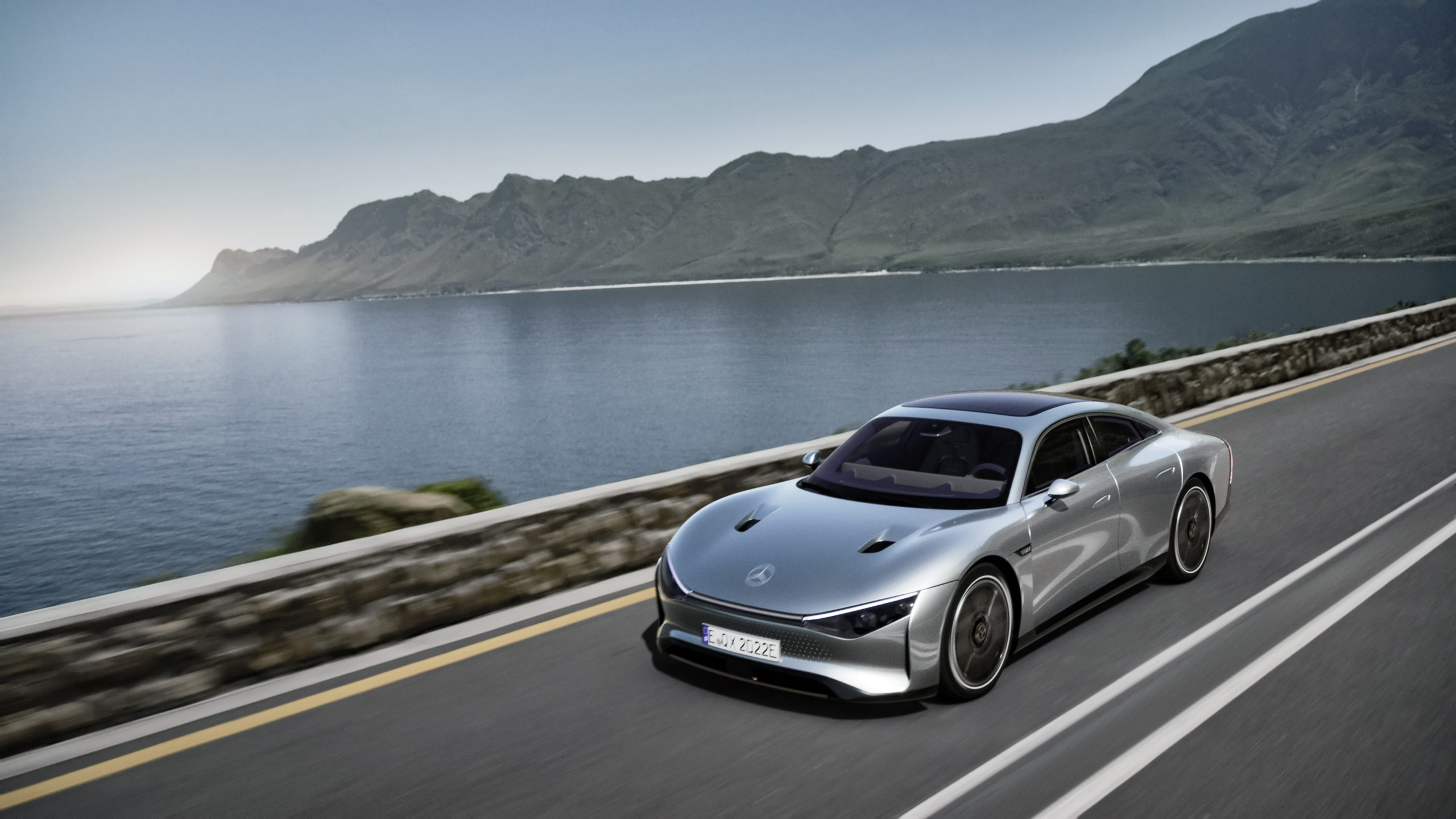
Mercedes-Benz VISION EQXX
In short, the drag co-efficient of the EQXX is just 0.17 Cd, on par with an American football scything through the air.
Unsurprisingly, weight-saving construction has also played a crucial role in the Vision technology program. Mercedes highlights in particular the bespoke EV subframe and aluminum alloy brake discs, which reduce overall weight without compromising strength. Mercedes also champions 3D-printed components in a process it calls “bionic engineering”, elements of which were incorporated into the rear floor casting for sound dampening.
Components of the EQXX are expected to make their way to Mercedes’ production line-up as the company moves towards an all-electric future by 2030. The development process itself, one the brand calls “a blueprint for the future of automotive engineering,” is also expected to play a significant role moving forward, as the design went from a clean sheet design to ‘on the road’ in just 18 months.
